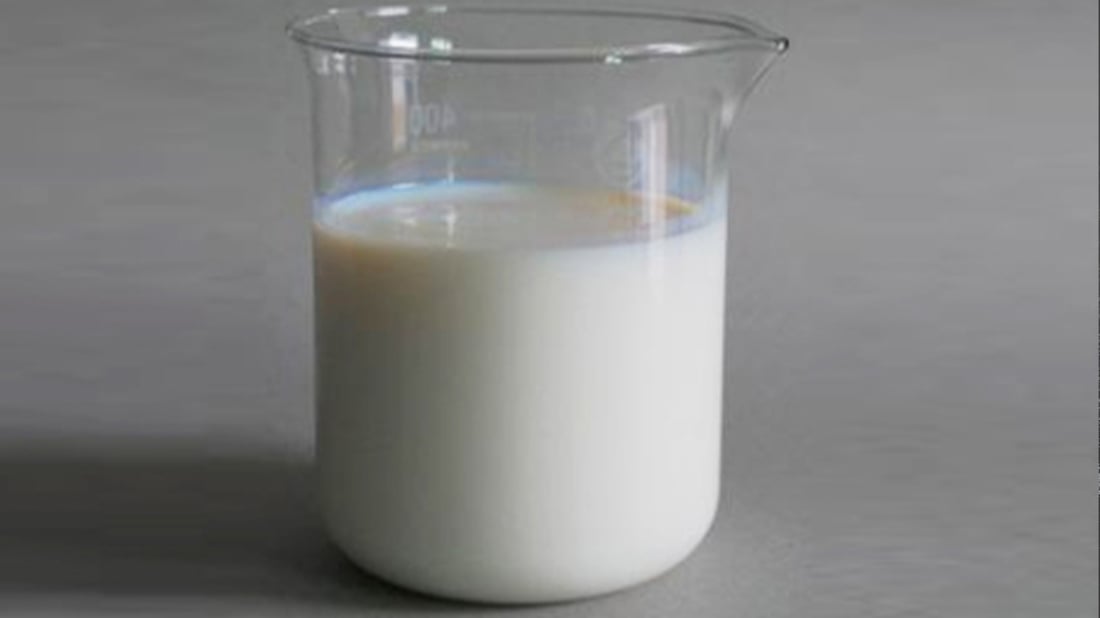The Role of Styrene-Butadiene Rubber (SBR) Binder in Li-Ion Battery Anodes
Introduction
The development of lithium-ion batteries has revolutionized the energy storage industry, powering a wide range of devices from smartphones and laptops to electric vehicles. The performance and durability of these batteries depend on various components, including the anode, which plays a crucial role in the overall functionality of the battery. In recent years, Styrene-Butadiene Rubber (SBR) has emerged as a promising binder material for Li-ion battery anodes. This article explores the benefits and applications of SBR binders in enhancing the performance of Li-ion battery anodes.
1. Understanding the Basics: What is Styrene-Butadiene Rubber (SBR)?
Styrene-Butadiene Rubber (SBR) is a synthetic rubber compound that consists of styrene and butadiene monomers. It is commonly used in a variety of applications, including automotive tires, conveyor belts, and footwear. SBR offers excellent mechanical properties, such as high tensile strength, abrasion resistance, and flexibility, making it an ideal choice for demanding applications.
2. Why SBR Binders for Li-Ion Battery Anodes?
SBR binders are increasingly being used in Li-ion battery anodes due to their unique properties that enhance the electrode's performance and durability. The main advantage of using SBR as a binder is its excellent adhesion to active materials, such as graphite or silicon, and the current collector. This strong adhesion improves the stability and conductivity of the anode, resulting in enhanced battery performance.
3. Improving Mechanical Stability: SBR's Role in Li-Ion Battery Anodes
One of the primary challenges in Li-ion battery anodes is maintaining mechanical stability during repeated charge-discharge cycles. SBR binders address this challenge by providing good elasticity and mechanical strength to the anode structure. The flexibility of SBR helps accommodate the volume changes that occur in the active materials during cycling, preventing the electrode from cracking or losing electrical contact.
4. Enhancing Electrochemical Performance: SBR's Impact on Li-Ion Battery Anodes
SBR binders significantly influence the electrochemical performance of Li-ion battery anodes. The binder's conductivity and porosity play a crucial role in facilitating ion and electron transport within the electrode. SBR's high porosity ensures efficient electrolyte penetration, enhancing the battery's overall energy storage capacity and rate capability.
5. Overcoming Silicon Anode Challenges: SBR's Compatibility with High-Capacity Materials
Silicon has emerged as a promising alternative to graphite as an anode material due to its high theoretical capacity. However, silicon anodes suffer from significant volume expansion during cycling, leading to electrode degradation. SBR binders offer a solution to this challenge by effectively accommodating the volume changes and maintaining electrode integrity. The strong adhesion properties of SBR ensure good contact between the silicon particles, enhancing the overall performance and lifespan of the battery.
6. Stability in Harsh Environments: SBR's Resistance to Electrolyte and Temperature
Lithium-ion batteries often operate in extreme conditions, including high temperatures and corrosive electrolytes. SBR binders exhibit excellent resistance to both high temperatures and electrolyte degradation, ensuring the stability and longevity of the Li-ion battery anode. This makes SBR a reliable choice for applications that require batteries to operate in harsh environments.
7. Scalability and Cost-Effectiveness: SBR's Manufacturing Advantages
SBR binders offer scalability and cost-effectiveness in Li-ion battery production. The mass production of SBR is well-established, leading to lower production costs compared to other binder materials. Additionally, the flexibility of SBR allows for easy coating and processing, making it an attractive choice for large-scale manufacturing of Li-ion battery anodes.
8. Compatibility with Other Battery Components: SBR's Versatility
SBR binders exhibit good compatibility with other components of Li-ion batteries, such as separators and cathodes. This compatibility ensures the overall stability and performance of the battery system. The versatility of SBR allows manufacturers to optimize the design and composition of various battery components, leading to improved overall battery performance.
9. Future Directions: Advancements in SBR Binder Technology
The field of SBR binders for Li-ion battery anodes continues to evolve as researchers explore new formulations and modifications to further enhance performance. Ongoing research aims to improve the mechanical stability, conductivity, and compatibility of SBR binders with emerging anode materials, such as lithium metal and various alloy systems. These advancements hold great promise for the future development of high-performance Li-ion batteries.
10. Conclusion: Unleashing the Full Potential of Li-Ion Battery Anodes with SBR Binders
Styrene-Butadiene Rubber (SBR) binders offer numerous advantages in enhancing the performance and durability of Li-ion battery anodes. Their strong adhesion, mechanical stability, and compatibility with high-capacity materials make SBR a promising choice for next-generation energy storage systems. As research and development efforts continue, we can expect further advancements in SBR binder technology, unlocking the full potential of Li-ion battery anodes for a sustainable and energy-efficient future.

